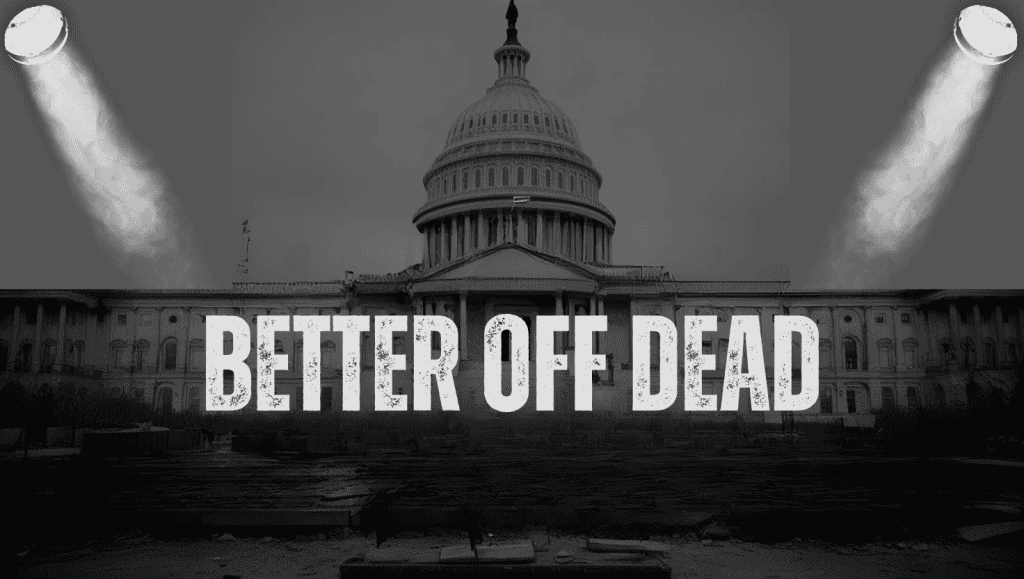Introduction To The Cost of War
War isn’t just hell; it’s a bureaucratic hell. The cost of war shapes nations and shatters individuals. As someone who served two tours as an infantryman in Iraq, I’ve had a front-row seat to the tragic theater of war. It’s a show where the tickets are too costly, the scenes are too long, and every actor eventually breaks character. The impact stretches far beyond the battlefield, tearing at the very fabric of society and personal identity with a voracity that would make any government agency green with envy. What is the true cost of war?
The Emotional Toll on Soldiers
Let’s cut to the chase. War marks you, and it’s not with a gold star. Soldiers come back with baggage heavier than anything they carried on the battlefield. PTSD, anxiety, depression—these are the medals worn under the uniform, hidden but heavier with each day. Civilian life becomes a foreign land that no field manual can help navigate. The simple rhythms of daily life, once taken for granted, now feel like insurmountable tasks. Imagine returning from the chaos of war only to find the silence of peace deafening.
The psychological scars left by war aren’t just mental; they manifest physically, socially, and economically. Veterans often face a landscape of broken marriages, lost jobs, and forgotten friendships. They are told to reintegrate, to find normalcy in a world that now seems as alien as the deserts and mountains they once fought in. For many, the battlefront shifts from external enemies to the internal foes of alienation and despair.
Wartime Legislation: A Masterclass in Overreach
If war is the question, government overreach is the knee-jerk reaction. Historical patterns show us that with every major conflict, governments have seized powers with the tenacity of a dog in a bone store.
From World Wars to Cold War During the World Wars, governments choked the voice of dissent like it was their job—because it was. Then the Cold War began, during which the actual measures taken to exterminate communists were only slightly less paranoid than the paranoia about them. The NSA, born in this era, turned citizen surveillance into a national pastime. We learned to live with Big Brother, rationalizing that it was better to be watched than wiped out.
Post-Vietnam Shift Post-Vietnam America was a rare moment of reflection. The War Powers Act of 1973 tried to put the genie back in the bottle, giving Congress a leash (albeit a long one) on military engagements. It was a charming attempt to suggest that perhaps the executive branch shouldn’t hold all the cards. But as any magician will tell you, once the genie’s out, it’s a devil of a time getting it back in.
Post-9/11 Legislation Then 9/11 changed the game. The Patriot Act made privacy practically passé. Overnight, the government had a license to pry, promising it was all in the name of security. The surveillance state got a steroid boost, and we’re still trying to figure out just how many side effects there will be. We traded bits of liberty for the promise of safety, clinging to the hope that it was not just a bargain with the devil.
Recovery and Reconciliation Post-War
Wars end, but their shadows linger. Rebuilding is marketed as the sequel to victory, but often it’s just a rerun of the same old episodes. Infrastructure is rebuilt, economies are stitched back together, but the societal fabric remains torn. The divisions carved by conflict don’t simply fade with declarations of peace; they fester, sometimes quietly, until new conflicts arise.
Truth and reconciliation commissions are like group therapy: necessary but not always successful. The process of airing grievances and moving forward is more of an art than a science, and let’s just say not all countries are Picasso. Some nations, marred by corruption and weakened institutions, find these efforts more performative than transformative, leaving populations cynical about the prospects of true healing.
Support Systems for Veterans
Supporting veterans should be a no-brainer, right? Yet here we are, fumbling through the basics. Healthcare, mental health services, job training—these should be the starter pack, not the deluxe edition. Veterans return, often to a barrage of bureaucracy that can rival the complexities of war itself.
Programs that translate military skills to the civilian job market are essential but underutilized. Community support? Critical. Because sometimes, the hardest battles are fought at home, in silence. It’s not enough to clap during parades or wear patriotic t-shirts; real support means providing tangible assistance through policy and community action. It means not just thanking them for their service but ensuring they have a quality of life worth coming home to.
Conclusion
War is expensive. Not just in dollars, but in lives, in sanity, and in freedoms. The costs of war is insidious, lingering long after the last soldier has come home. We tally these costs not just in the immediate aftermath but in generations of impact. We owe it to those who serve to not just wave flags but to forge a society worth coming home to. Understanding these costs, truly grappling with them, is our collective charge—lest we forget the price of the peace we so dearly cherish. This is the true cost of war.


Leave a Reply